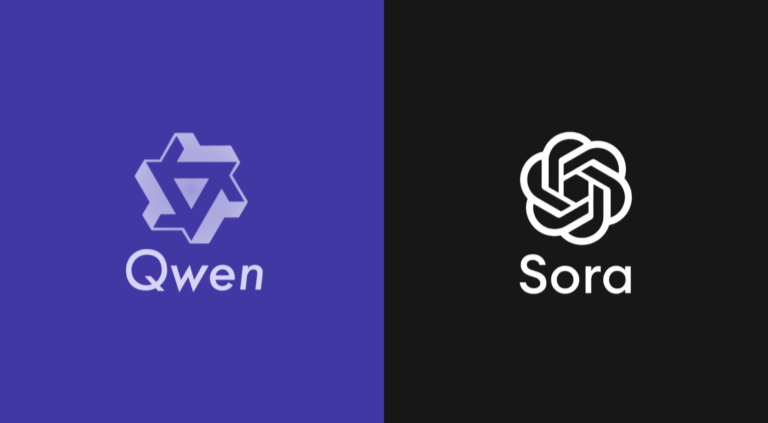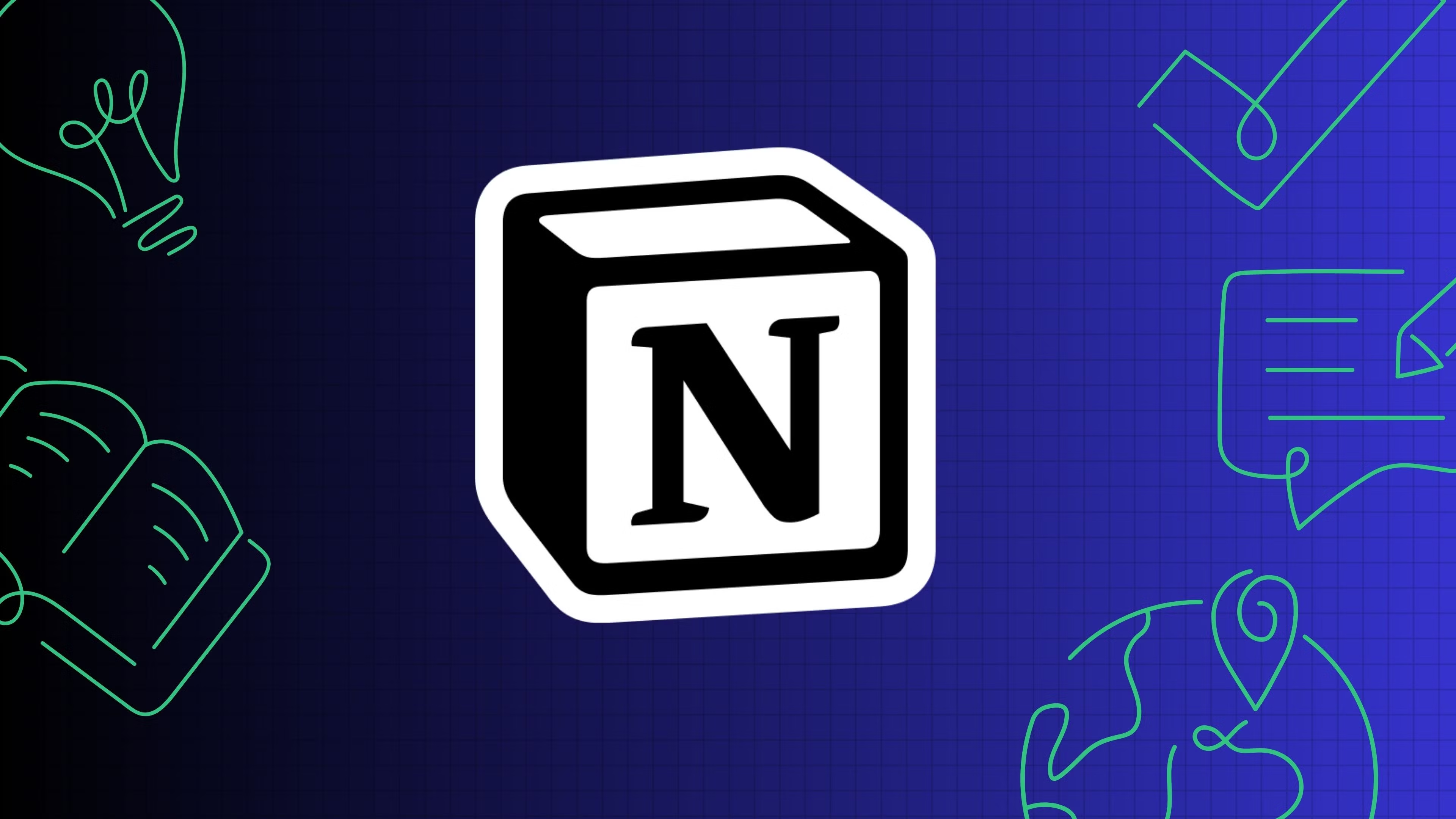
Sora vs. Qwen 2.5: A Deep Dive into Two Cutting-Edge AI Technologies
Sora vs. Qwen 2.5: A Deep Dive into Two Cutting-Edge AI Technologies
As artificial intelligence continues to evolve rapidly, two standout technologies have emerged in distinct domains: Sora by OpenAI and Qwen 2.5 by Alibaba. Each offers unique capabilities — one excelling in visual creativity, the other in advanced language processing.
Let’s explore the key differences, features, capabilities, and pricing of both systems in detail.
🎬 Sora by OpenAI – From Text to Ultra-Realistic Video
🔍 Overview
Sora is a revolutionary AI model developed by OpenAI that converts text prompts into high-quality video clips. It’s designed to empower creatives, marketers, and storytellers by offering cinematic outputs generated purely from descriptions.
✅ Key Features
- Text-to-Video Generation: Create up to 20-second videos from simple prompts.
- Storyboard Support: Craft multi-scene stories with coherent visual flow.
- Video Editing (Remix): Modify generated videos to tweak motion, pacing, and subjects.
- Image Animation: Bring still images to life with motion and transitions.
- High Resolution: Supports up to 1080p video in Pro tier.
- Watermark-Free: Only available in the Pro plan.
- Parallel Generation: Create multiple videos simultaneously to increase workflow speed.
💵 Pricing Plans
| Plan | Price | Limitations |
|---|---|---|
| ChatGPT Plus | $20/month | 50 videos/month, up to 5 seconds, 720p, with watermark |
| ChatGPT Pro | $200/month | 500 videos/month, up to 20 seconds, 1080p, no watermark, batch generation |
⚠️ Limitations
- Video Length & Resolution: Limited for lower-tier plans.
- Geographic Availability: Not available in some European countries, including Turkey.
- Generation Quality: May struggle with complex prompts or highly dynamic scenes.
🤖 Qwen 2.5 by Alibaba – Advanced Multilingual Language Model
🔍 Overview
Qwen 2.5 is a large language model (LLM) released by Alibaba Cloud. It’s part of the Qwen series designed for natural language understanding and generation across a wide variety of tasks.
✅ Key Features
- Massive Training Scale: Trained on 18 trillion tokens, making it one of the most sophisticated open-source models available.
- Long-Context Handling: Improved ability to maintain context in long documents or conversations.
- Multi-Version Support: Available in Turbo, Plus, and Max variants tailored to different compute needs.
- Code & Math Understanding: Enhanced capabilities for structured data, reasoning, and coding tasks.
- Multilingual: Supports multiple languages with high proficiency.
💵 Pricing
- Open-Source Versions: Free for researchers and developers via HuggingFace or GitHub.
- Enterprise Access: Paid tiers available through Alibaba Cloud Model Studio, with scalable pricing based on usage.
⚠️ Limitations
- Text-Only: Does not support image, video, or audio processing.
- Alibaba Cloud Dependence: Some advanced features require Alibaba Cloud integration.
- Access Restrictions: Regional limitations may apply for certain enterprise tools.
🧠 Comparison Table: Sora vs. Qwen 2.5
| Feature | Sora by OpenAI | Qwen 2.5 by Alibaba |
|---|---|---|
| Core Function | Text-to-video generation | Natural language processing (NLP) |
| Ideal Use Case | Content creation, storytelling | Text analysis, coding, data reasoning |
| Output Type | Video (up to 1080p) | Text |
| Max Output Duration | 20 seconds (Pro tier) | Unlimited (text) |
| Multimodal Support | Video, image animation | Text only |
| Deployment | ChatGPT (Plus/Pro plans) | Open-source & Alibaba Cloud |
| Pricing | $20–$200/month | Free to enterprise-tier pricing |
| Geographic Availability | Limited (not in EU & Turkey) | Global (varies with cloud access) |
🧩 Conclusion
- If your goal is visual storytelling, content marketing, or cinematic prototyping, Sora is your best bet. It turns words into striking visuals with unmatched ease.
- If you need a powerful language model for automation, NLP tasks, or AI-assisted development, Qwen 2.5 is an exceptional choice — especially with its open-source availability and multilingual support.
Both tools represent the cutting edge of AI in their respective domains — one focused on seeing, the other on understanding.


